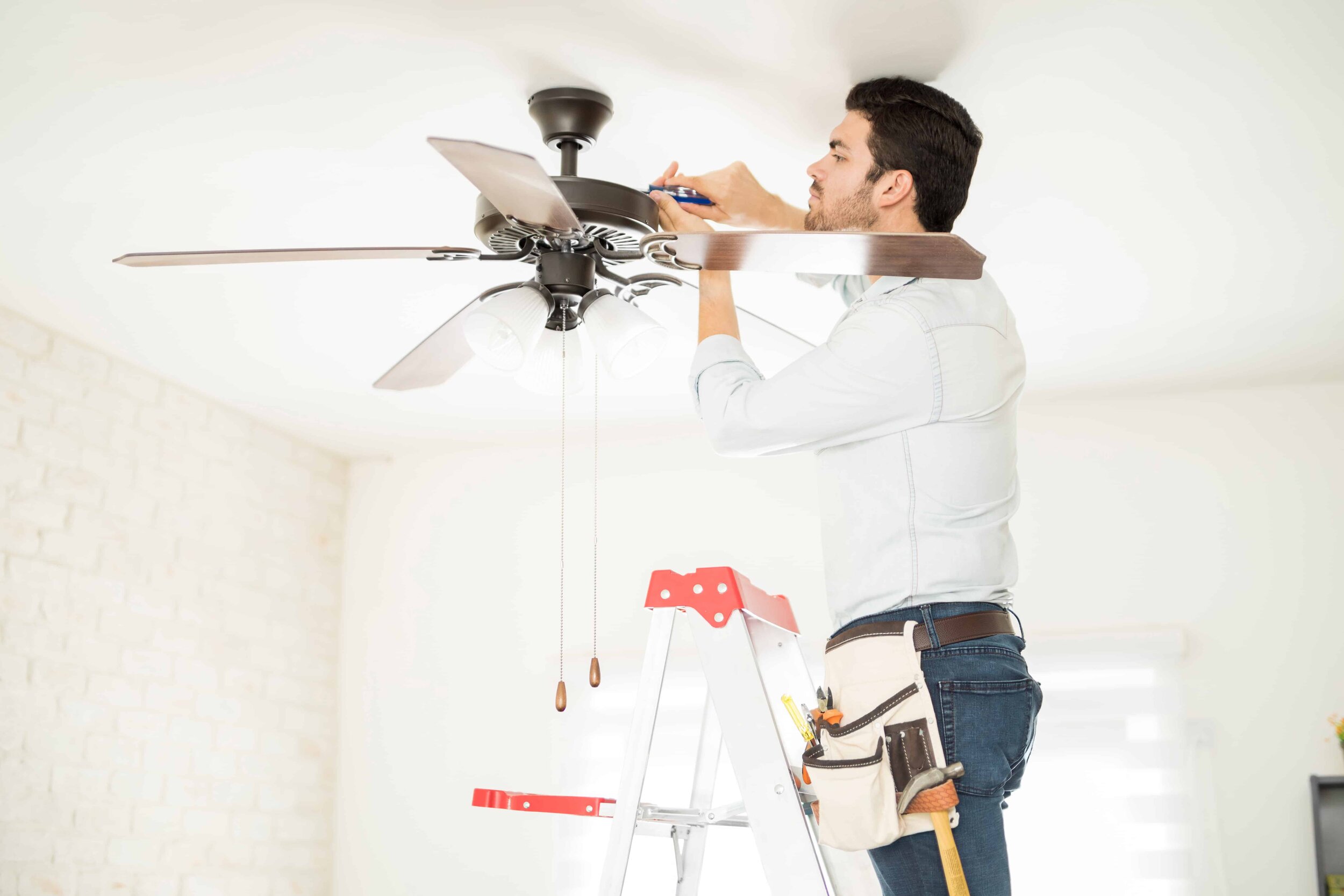

Articles
Who Installs Ceiling Fans
Modified: August 27, 2024
Looking for articles on who installs ceiling fans? Find the answers you need from our expert guides and resources to get your ceiling fans installed quickly and efficiently.
(Many of the links in this article redirect to a specific reviewed product. Your purchase of these products through affiliate links helps to generate commission for Storables.com, at no extra cost. Learn more)
Introduction
Welcome to our comprehensive guide on installing ceiling fans. Ceiling fans are not only functional but also an aesthetically pleasing addition to any space. They provide a cost-effective way to cool or circulate air in a room, making them popular choices for both residential and commercial use.
In this article, we will explore the various factors to consider when installing ceiling fans, the tools and materials required for the installation process, and provide a step-by-step guide to help you successfully install your own ceiling fan. We will also discuss important safety precautions to keep in mind and touch on the option of hiring a professional for installation.
Installing a ceiling fan can be a rewarding DIY project that adds value to your home and improves comfort. With the right knowledge and preparation, it can be a relatively straightforward task. So, let’s dive in and learn everything you need to know about installing ceiling fans!
Key Takeaways:
- Prioritize safety and proper installation by considering factors like room size, ceiling height, and style when installing a ceiling fan. Gather the necessary tools and materials, and follow a step-by-step guide for a successful DIY project.
- While DIY installation is rewarding, hiring a professional may be prudent for complex wiring, safety concerns, time efficiency, warranty protection, and expertise. Choose the option that aligns with your comfort level and specific requirements.
Read more: How Install Ceiling Fan
Factors to Consider when Installing Ceiling Fans
Before you start installing a ceiling fan, it’s important to consider a few factors to ensure that you choose the right fan for your space and install it properly. Here are some key considerations:
- Room Size: The size of the room will determine the size of the fan you should install. For smaller rooms, such as bedrooms or offices, a fan with a blade span of 36-42 inches is usually sufficient. Larger rooms, such as living rooms or open-concept spaces, may require fans with blade spans of 52 inches or more for effective air circulation.
- Ceiling Height: The height of your ceiling is also an important factor to consider. Traditional or standard ceilings, typically 8-9 feet in height, can accommodate most ceiling fan installations. However, for higher ceilings, you may need to consider an extended downrod for proper installation and optimal performance.
- Style and Design: Ceiling fans come in a variety of styles and designs to suit different preferences and interior decors. Choose a fan that complements the overall aesthetic of your space, whether it’s modern, traditional, rustic, or industrial. Consider factors such as the fan’s finish, blade material, and light fixture options.
- Mounting Options: There are various mounting options for ceiling fans, including standard flush mount, angled mount, and dual mount (for both angled and standard ceilings). Ensure that you select the appropriate mounting option based on your ceiling type and angle.
- Noise Level: Some ceiling fans can be noisy, which can be bothersome, especially in bedrooms or quiet areas. Look for fans with a low noise level rating to ensure peaceful and undisturbed operation.
- Energy Efficiency: Choose an energy-efficient ceiling fan that can help reduce your energy consumption and lower your electricity bills. Look for models with the ENERGY STAR label, as they meet strict energy efficiency guidelines set by the U.S. Environmental Protection Agency.
- Remote Control or Wall Controls: Consider whether you want your ceiling fan to be controlled by a remote or wall controls. Remotes provide convenience, allowing you to adjust fan speed, light settings, and direction from anywhere in the room. Wall controls offer a more permanent solution but may require additional wiring.
By carefully considering these factors, you can ensure that your ceiling fan installation meets your specific needs and preferences. It’s important to choose a fan that not only enhances the comfort and airflow in your space but also complements your overall interior design.
Tools and Materials Required for Ceiling Fan Installation
Before you begin the installation process, it’s important to gather all the necessary tools and materials. Having everything ready beforehand will make the installation process smoother and more efficient. Here are the tools and materials you’ll need:
Tools:
- Screwdriver (Phillips and flat-head)
- Adjustable wrench
- Pliers
- Wire strippers
- Voltage tester
- Stud finder
- Drill with drill bits
- Ladder or step stool
- Wire connectors
- Tape measure
- Ceiling fan brace (if necessary)
Materials:
- Ceiling fan
- Mounting brackets
- Electrical box and mounting hardware
- Wire nuts
- Fan blades
- Hanging ball/downrod
- Canopy or cover plate
- Screws and bolts
- Electrical tape
- Wire clamps
- Wire stripper
- Ceiling fan remote control (if desired)
It’s crucial to have the correct tools and materials for the installation to ensure the fan is mounted securely and functions safely. Make sure you have all the necessary components provided with your ceiling fan kit, such as the mounting brackets, downrod, and fan blades.
Additionally, it’s important to follow the manufacturer’s instructions for your specific ceiling fan model, as the tools and materials required may vary. Refer to the instruction manual or the manufacturer’s website for detailed information.
By having all the tools and materials ready, you’ll be well-prepared to tackle the installation process and ensure a successful outcome. Remember to exercise caution and follow proper safety procedures throughout the installation process.
Read more: Who Makes The Best Ceiling Fans
Step-by-Step Guide to Installing a Ceiling Fan
Now that you have considered the factors and gathered the necessary tools and materials, it’s time to start installing your ceiling fan. Follow these step-by-step instructions to ensure a proper installation:
- Turn off the power: Begin by turning off the power to the room at the circuit breaker. This will ensure your safety during the installation process.
- Prepare the ceiling: Use a stud finder to locate the ceiling joists. Mark the positions of the joists with a pencil. If there is no existing electrical box or support brace, install a ceiling fan brace between the joists to provide support for the fan.
- Install the electrical box: Attach the electrical box to the support brace or directly to the ceiling joist. Ensure that the box is securely mounted and compatible with the weight of the fan. Follow the manufacturer’s instructions for proper installation.
- Assemble the fan: Assemble the fan according to the manufacturer’s instructions. Attach the fan blades to the motor housing using the provided screws. Make sure the blades are balanced and securely attached.
- Wire the fan: Carefully feed the fan wires through the downrod and canopy. Connect the corresponding wires from the fan to the wires from the electrical box using wire connectors. Match the colors of the wires (usually black to black, white to white, and green or bare copper to ground).
- Mount the fan: Lift the fan assembly and position it over the electrical box. Secure it to the electrical box using the mounting bracket and screws provided. Ensure that the fan is level and securely fastened.
- Install the decorative canopy: Attach the decorative canopy or cover plate to the ceiling. This will hide the mounting bracket and provide a finished look to the installation.
- Connect the fan blades: Attach the fan blades to the motor housing using the provided screws. Make sure they are evenly spaced and aligned correctly.
- Turn on the power: Once all the connections are secure, turn the power back on at the circuit breaker and test the fan. Ensure that it operates smoothly and all functions, such as the fan speed and lights (if applicable), are working properly.
- Finalize the installation: Once you have confirmed that the fan is operating correctly, tighten any loose screws or connections. Secure any loose wiring using wire clamps or electrical tape. Make any necessary adjustments to ensure the fan is balanced and operates quietly.
Remember to consult the specific instructions provided with your ceiling fan for any model-specific steps or recommendations. If you encounter any difficulties during the installation process or are unsure about any steps, it is advisable to consult a professional electrician or handyman to ensure a safe and proper installation.
Following these step-by-step instructions will help you successfully install your ceiling fan and enjoy its benefits for years to come.
Safety Precautions when Installing Ceiling Fans
While installing a ceiling fan can be a rewarding DIY project, it’s essential to prioritize safety throughout the process. Follow these safety precautions to ensure a safe and smooth installation:
- Turn off the power: Before beginning any work, turn off the power to the room at the circuit breaker. This will prevent any electrical shocks or accidents during the installation process.
- Use a sturdy ladder or step stool: Ensure you have a stable and sturdy ladder or step stool to access the ceiling safely. Use a ladder that is appropriate for the height of your ceiling to minimize the risk of falls or injuries.
- Read the manufacturer’s instructions: Familiarize yourself with the manufacturer’s instructions for your specific ceiling fan model. Follow their recommended procedures and safety guidelines to ensure a proper installation.
- Wear appropriate safety gear: Use safety goggles to protect your eyes from debris or falling objects during the installation. It’s also advisable to wear work gloves to protect your hands and avoid any sharp edges.
- Securely mount the fan: Ensure that the electrical box and mounting brackets are securely fastened to the ceiling. A loose or improperly mounted fan can lead to accidents or damage. Double-check all connections and screws before turning on the power.
- Properly handle electrical wiring: Use caution when working with electrical wiring. Make sure to tightly secure wire connectors and use electrical tape to cover any exposed wires. Avoid over-tightening connections, as it may cause damage or wire breakage.
- Balance the fan blades: If the fan blades are not properly balanced, it can lead to wobbling or noisy operation. Ensure that the blades are evenly spaced and aligned correctly to prevent any imbalance issues.
- Avoid overloading circuits: Be mindful of the electrical load in the room where you are installing the fan. Avoid overloading the circuit by ensuring it can handle the additional load of the fan and any light fixtures attached.
- Keep children and pets away: During the installation process, it’s important to keep children and pets at a safe distance. This will prevent accidental injuries and disturbances while you work on mounting the fan.
- Consider professional assistance if needed: If you are unsure about any aspect of the installation process or don’t have the necessary skills or tools, it’s wise to seek professional assistance. A licensed electrician or experienced handyman can help ensure a safe and proper installation.
Remember, safety should always be a priority when working with electrical components. By following these safety precautions and taking the necessary precautions, you can complete your ceiling fan installation project safely and enjoy the benefits of a comfortable and well-ventilated space.
When looking for someone to install a ceiling fan, consider hiring a licensed electrician or a professional handyman with experience in electrical work. It’s important to ensure the installation is done safely and correctly.
Hiring a Professional to Install Ceiling Fans
While installing a ceiling fan can be a satisfying DIY project, there are circumstances where it may be more prudent to hire a professional. Here are some reasons to consider hiring a professional for your ceiling fan installation:
- Complex Electrical Wiring: If you are unsure about the electrical wiring in your home or are unfamiliar with handling electrical components, it is wise to hire a professional electrician. They have the necessary expertise to safely and correctly handle the wiring and ensure that the fan is properly installed and connected.
- Height and Safety Concerns: For ceiling fans installed in high or hard-to-reach areas, such as vaulted ceilings or stairwells, it can be challenging to safely install the fan without proper equipment, such as tall ladders or scaffolding. Hiring a professional ensures that they have the necessary tools and experience to handle installations in difficult or high-risk locations safely.
- Time and Convenience: Installing a ceiling fan can be time-consuming, especially for those who are unfamiliar with the process. Hiring a professional electrician or handyman frees up your time and allows you to focus on other tasks or responsibilities. They have the experience and efficiency to complete the installation in a timely manner.
- Ensuring Warranty and Safety: Many ceiling fan manufacturers require professional installation to maintain the warranty. By hiring a professional, you ensure that the installation is done correctly according to the manufacturer’s guidelines, protecting your warranty and ensuring the fan operates safely and efficiently.
- Expertise and Experience: Professionals have the necessary expertise and experience in installing ceiling fans. They are familiar with the various types and models of fans and can offer advice on the best fan for your specific needs and space. Their knowledge ensures that the installation is done correctly and that the fan operates optimally.
When hiring a professional, it is important to do your research and choose a reputable and licensed electrician or handyman. Consider obtaining multiple quotes and checking for customer reviews or recommendations. Verify their credentials and insurance coverage to ensure they are qualified and protected.
While hiring a professional may require an additional cost, their expertise and ability to handle any complexities or safety concerns can provide peace of mind and ensure a successful ceiling fan installation.
Ultimately, the decision to hire a professional or perform the installation yourself depends on your comfort level, experience, and the specific requirements of your installation. Choose the option that aligns with your needs, preferences, and skill level to ensure a safe and successful ceiling fan installation.
Conclusion
Installing a ceiling fan can be a rewarding project that enhances the comfort and aesthetic appeal of your space. By considering the factors, gathering the necessary tools and materials, and following a step-by-step guide, you can successfully install a ceiling fan on your own.
However, it’s important to prioritize safety throughout the installation process. Always turn off the power, use appropriate safety gear, and double-check all connections to ensure a safe and secure installation. If you are unsure about any aspect of the installation or lack the necessary skills, it’s wise to hire a professional electrician or handyman.
When it comes to choosing the right ceiling fan, factors such as room size, ceiling height, style, and energy efficiency should be considered. Select a fan that suits your space and complements your interior design.
Whether you choose to tackle the installation yourself or hire a professional, the end result will be a well-functioning ceiling fan that provides cool comfort and improved airflow in your home or office.
Remember to carefully read and follow the manufacturer’s instructions for your specific ceiling fan model. This will ensure that the installation is done correctly and that you can fully enjoy the benefits of your new ceiling fan.
By taking the time to gather the necessary tools, understand the installation process, and prioritize safety, you can successfully install a ceiling fan that adds both functionality and style to your space.
So go ahead, embark on this exciting project, and enjoy the cool breeze and comfort that a ceiling fan brings to your home or workspace!
Frequently Asked Questions about Who Installs Ceiling Fans
Was this page helpful?
At Storables.com, we guarantee accurate and reliable information. Our content, validated by Expert Board Contributors, is crafted following stringent Editorial Policies. We're committed to providing you with well-researched, expert-backed insights for all your informational needs.
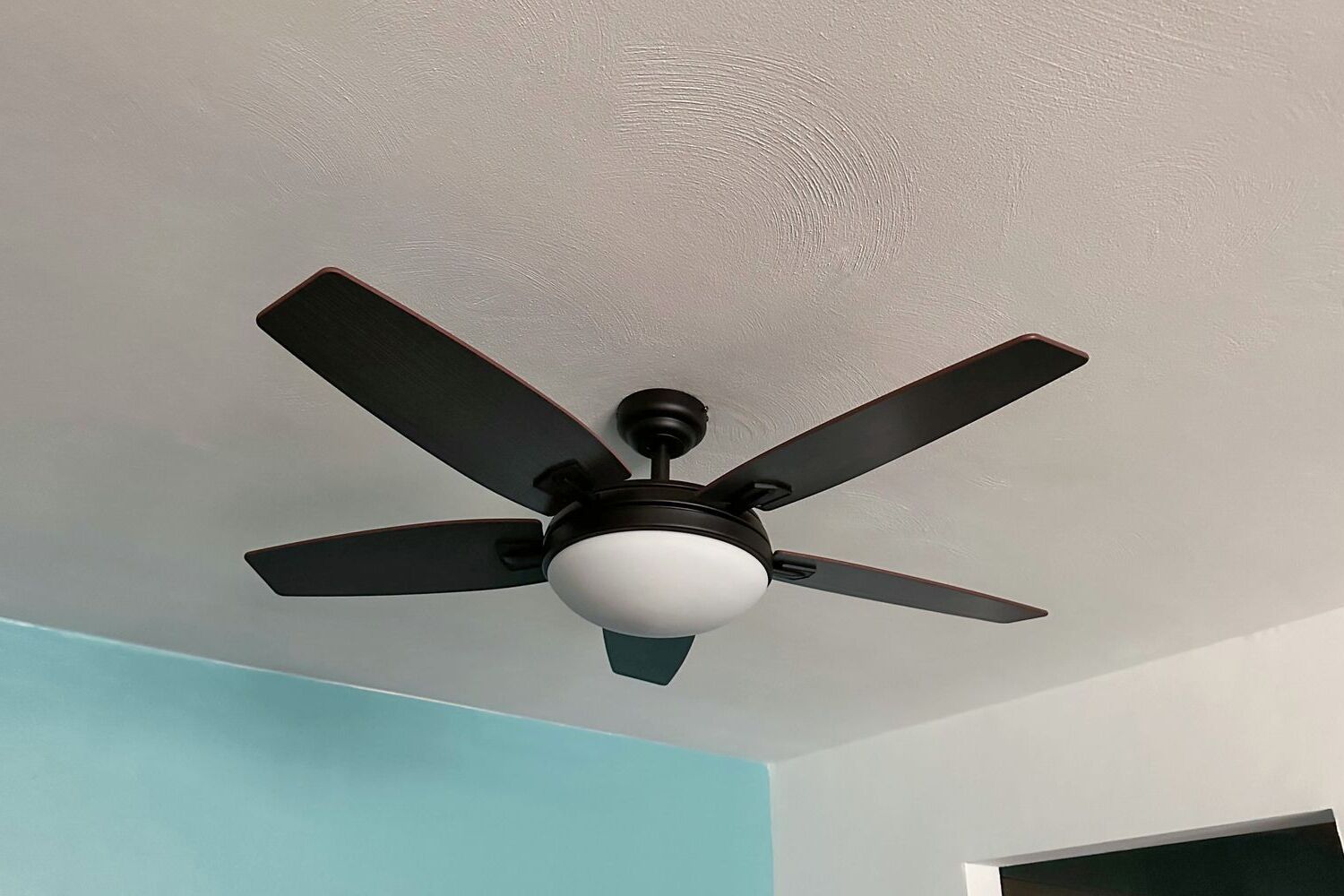

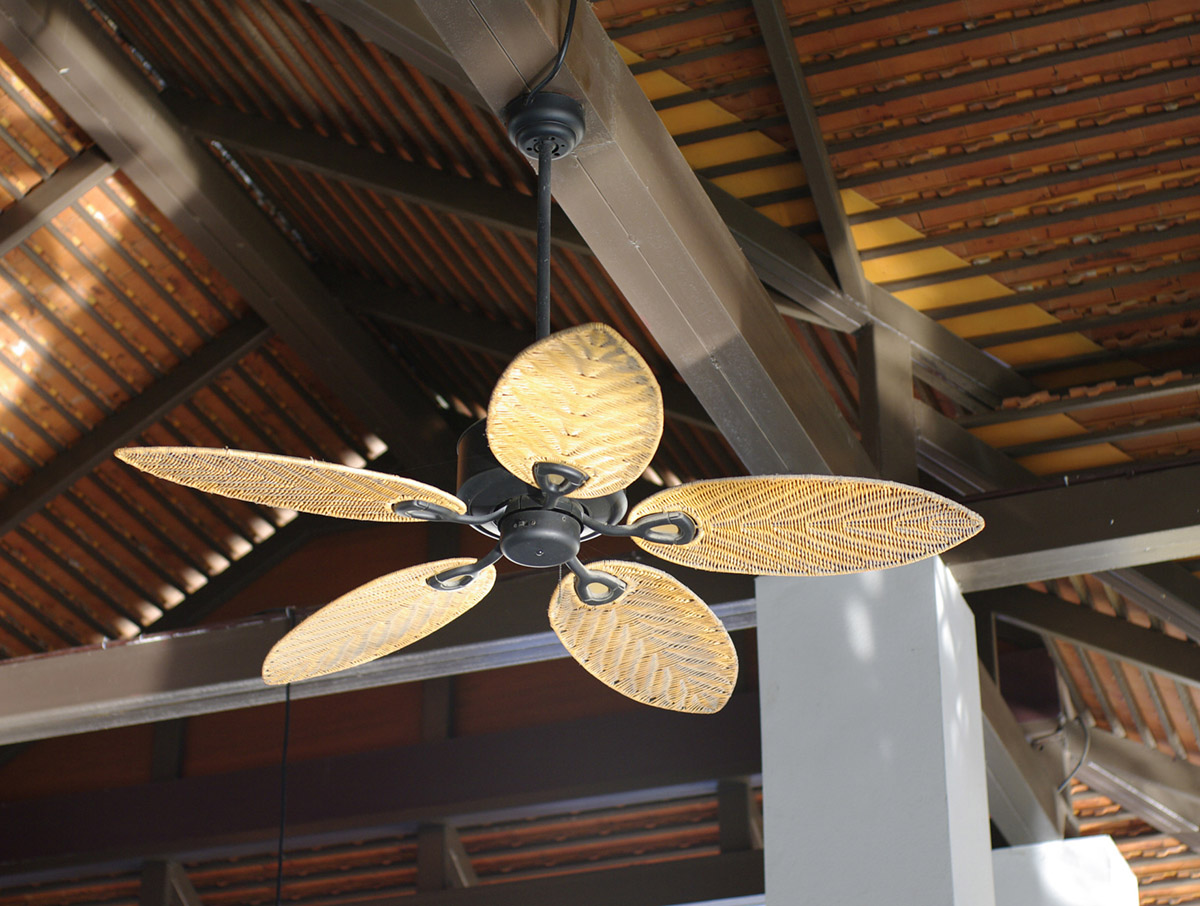
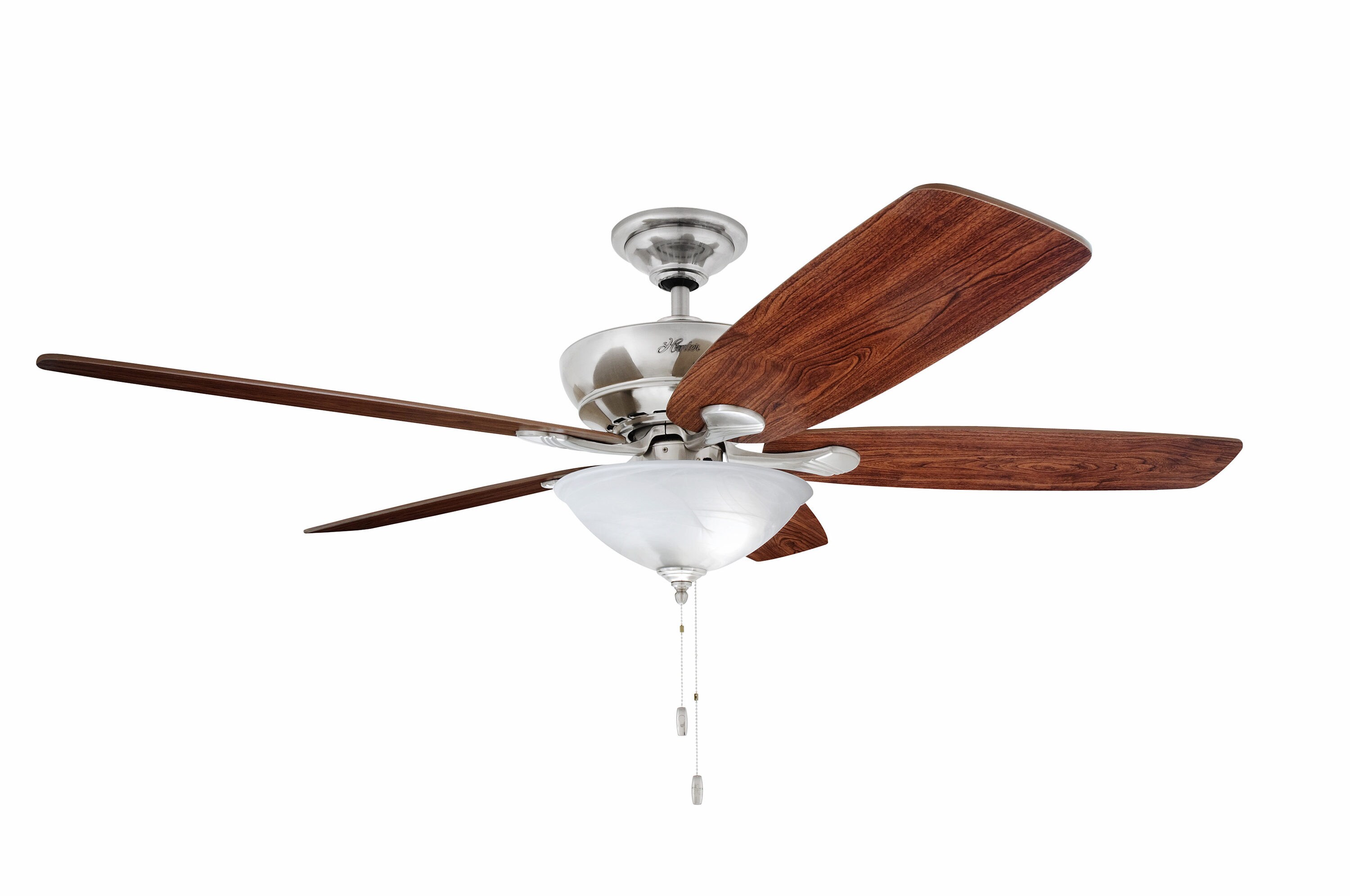
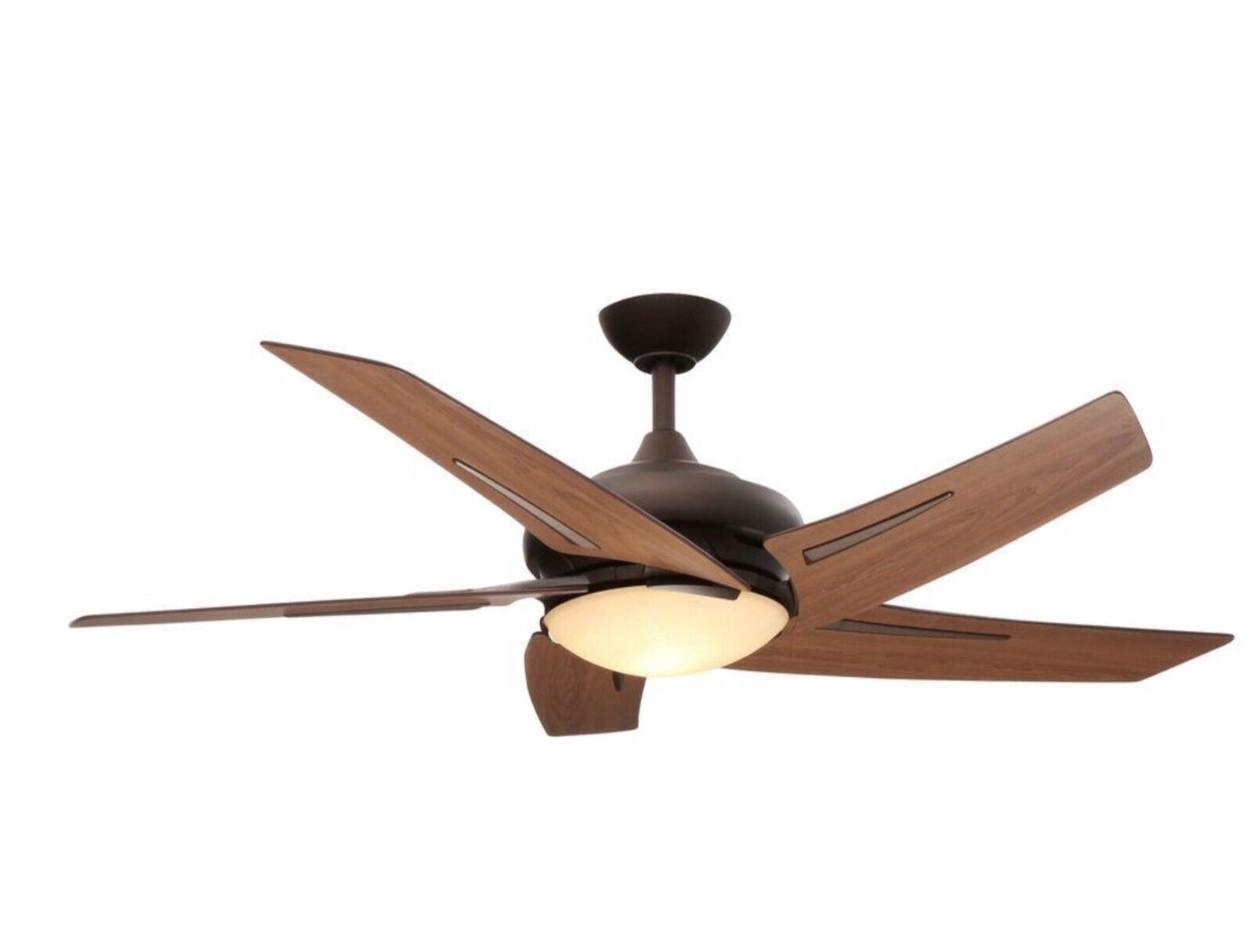
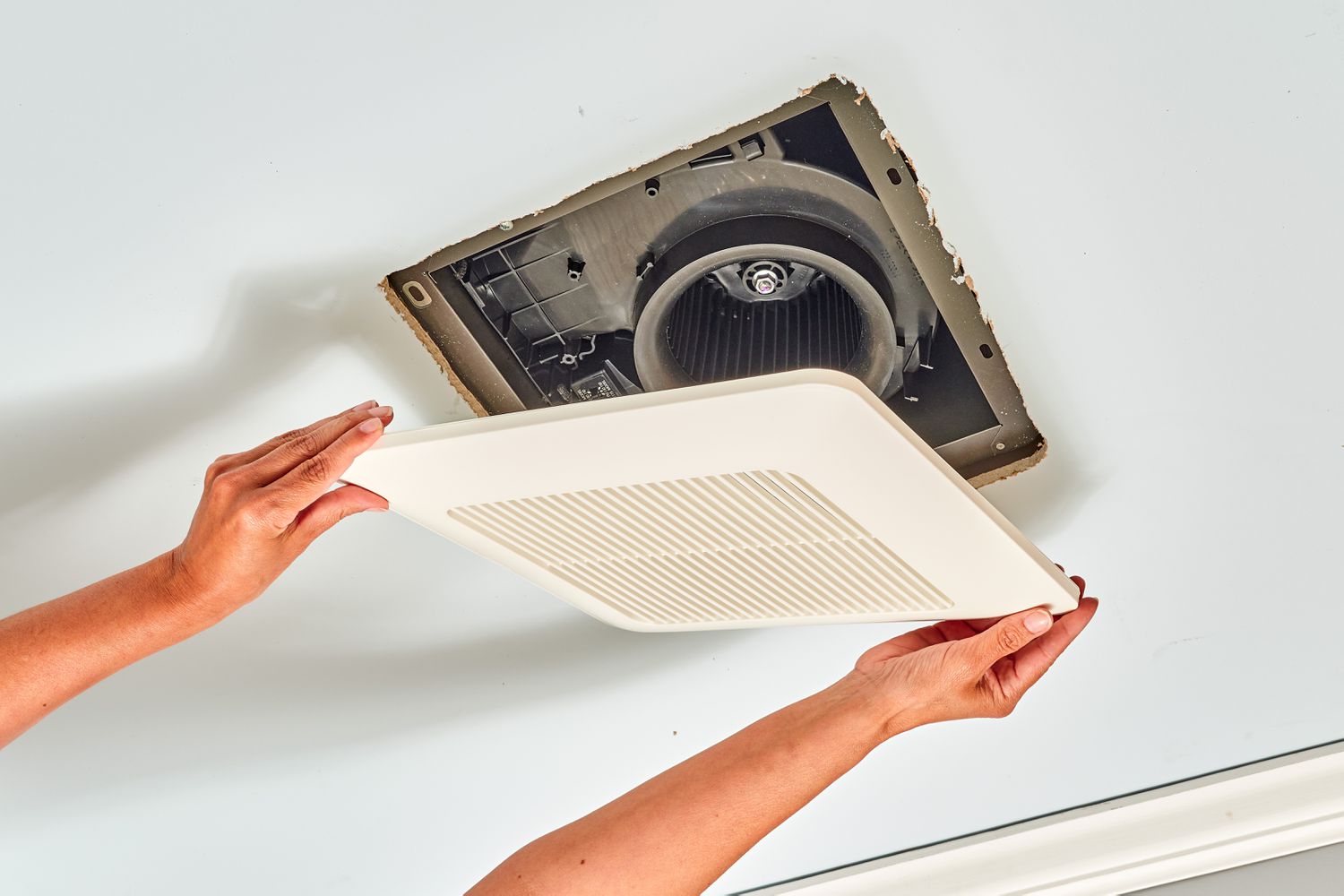
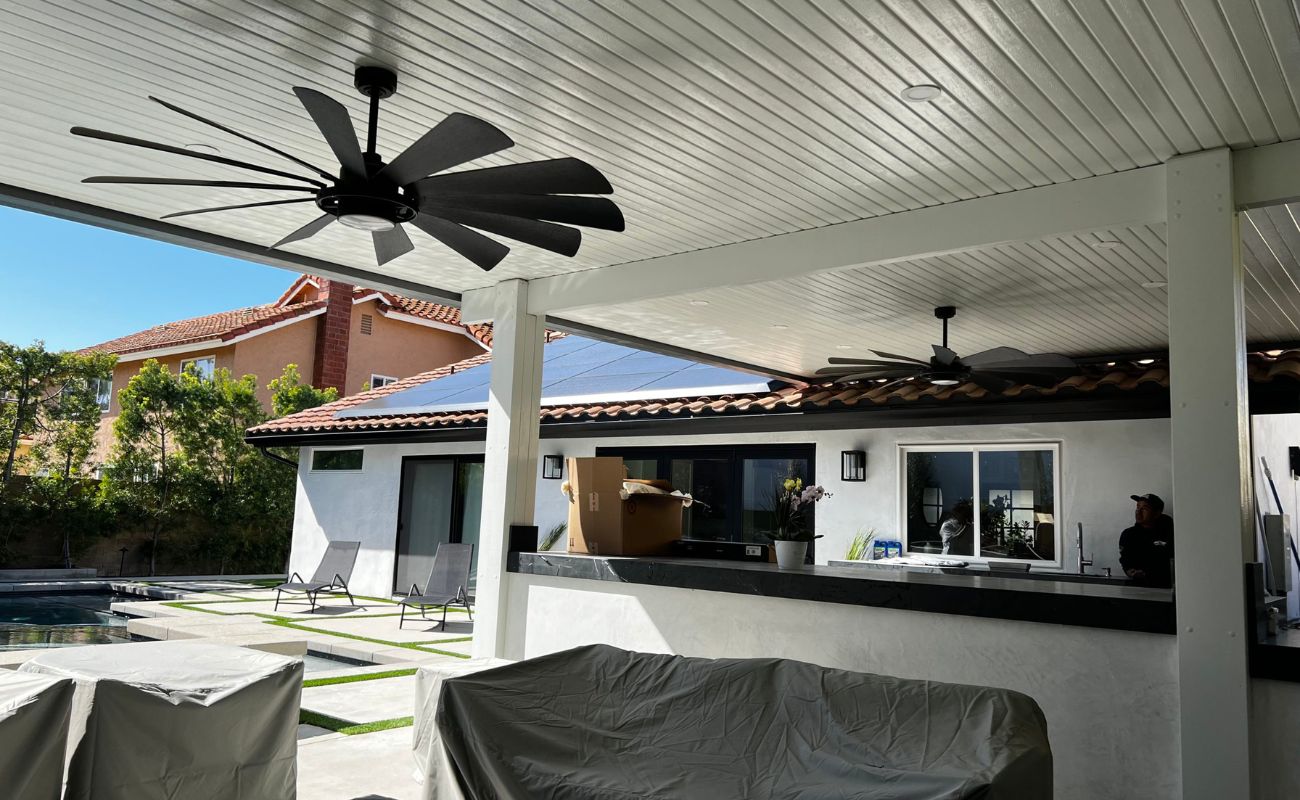
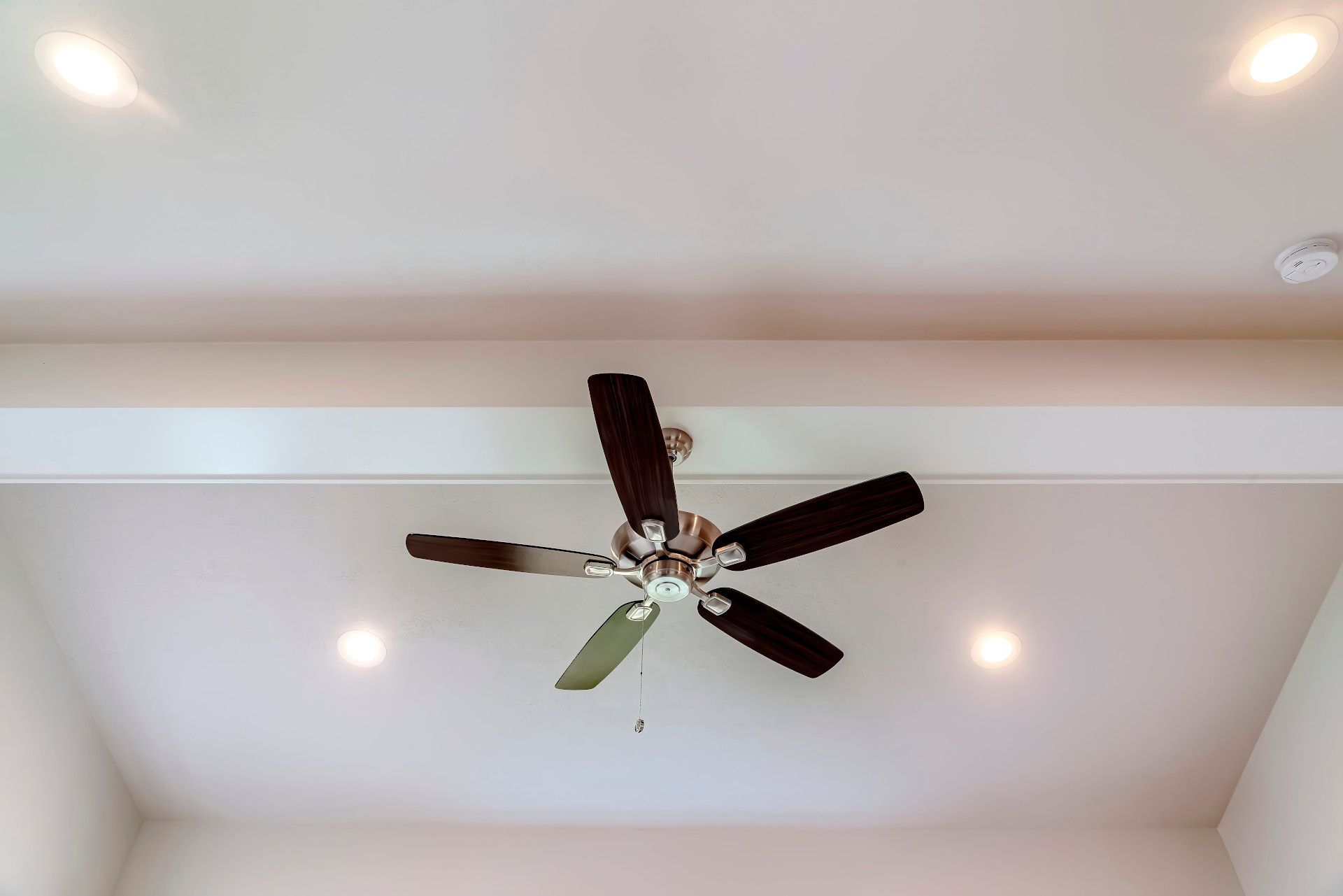

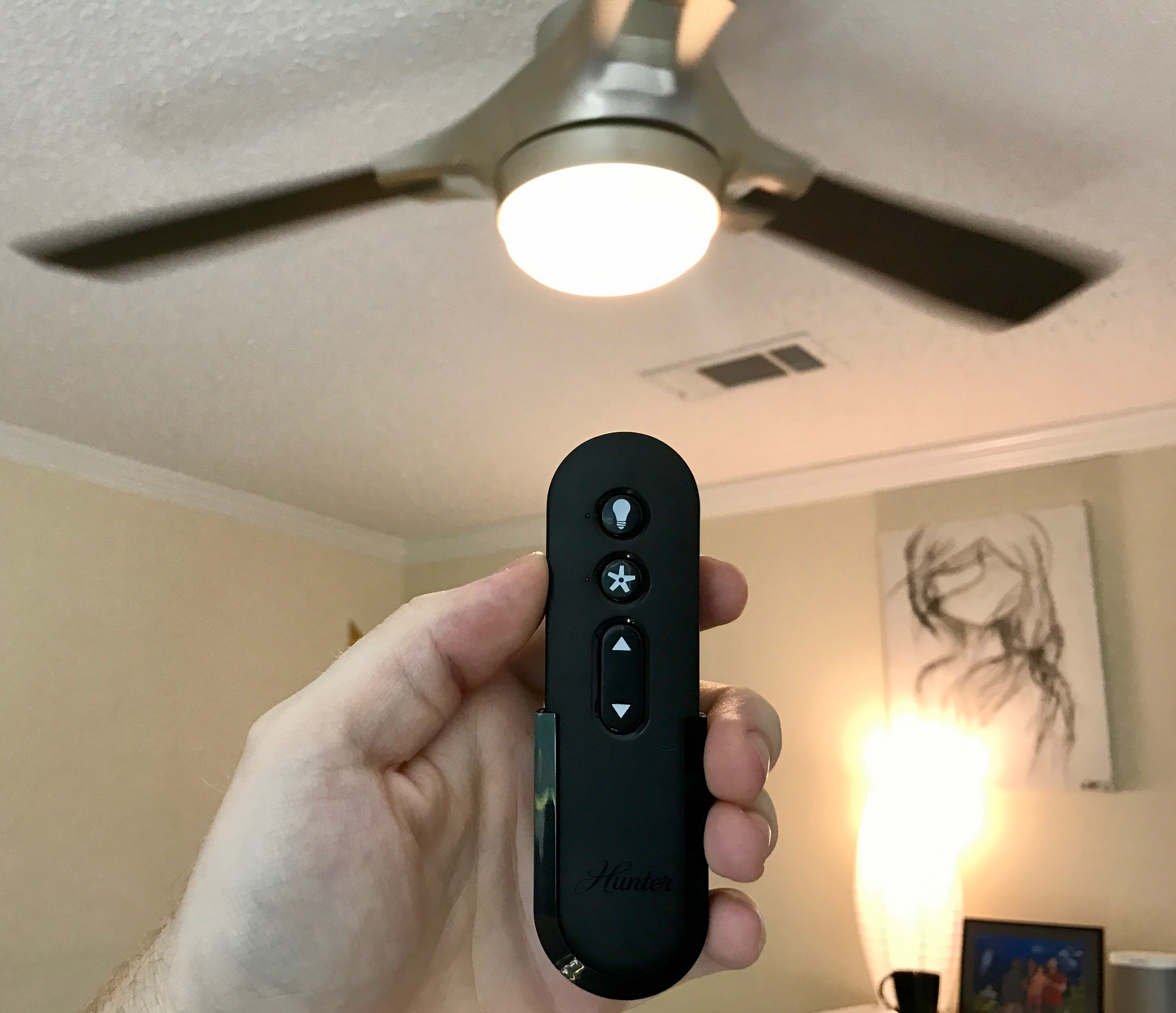
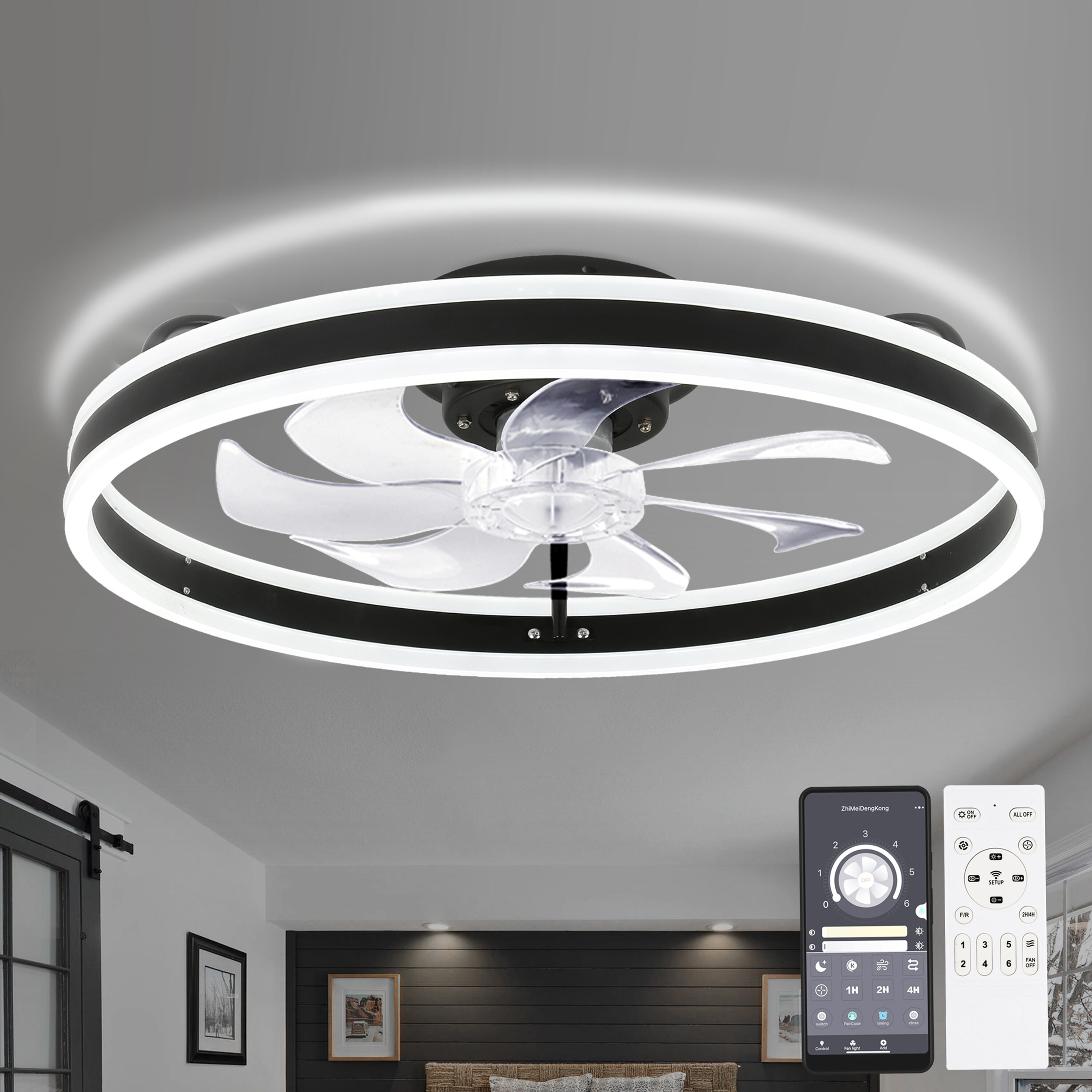
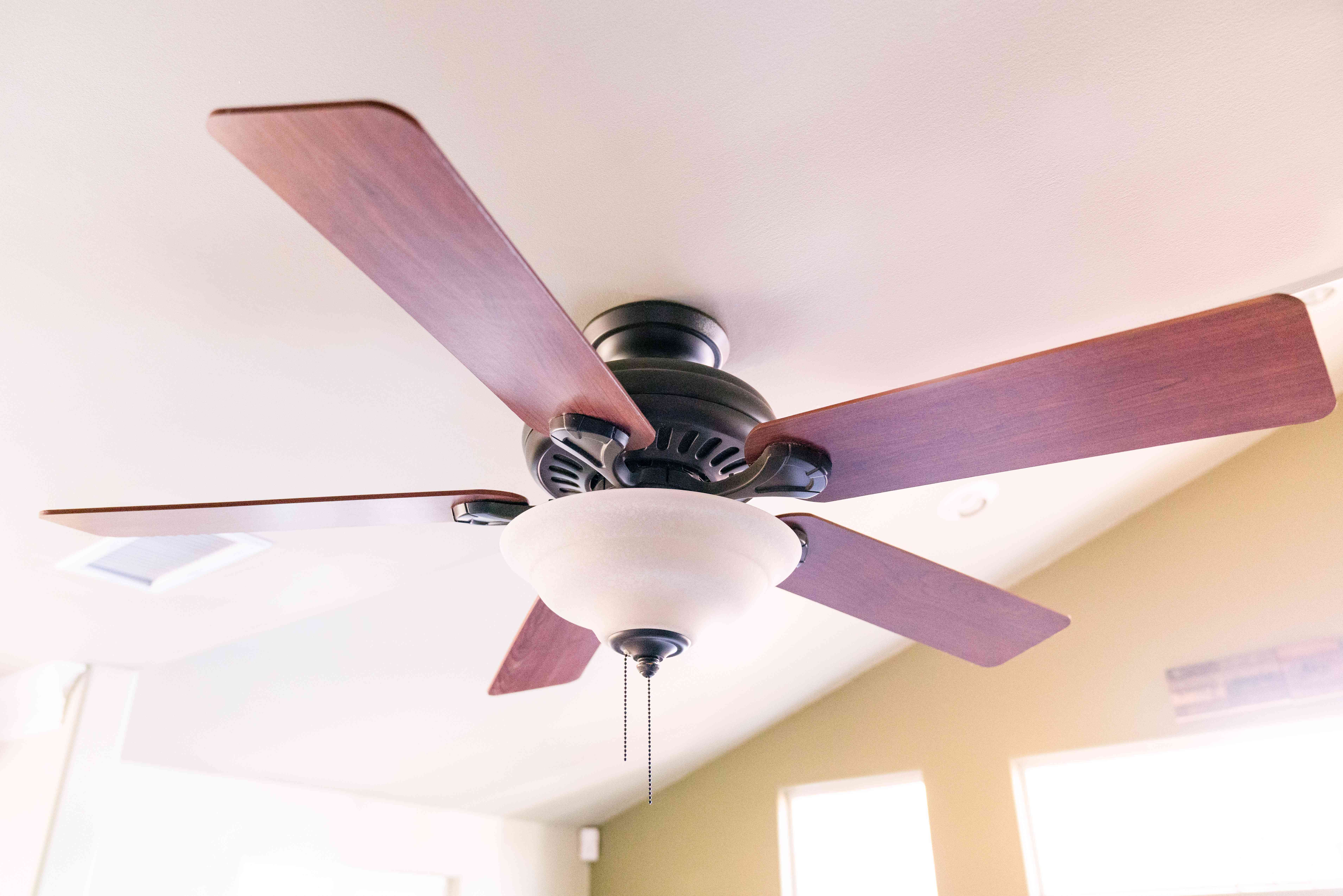
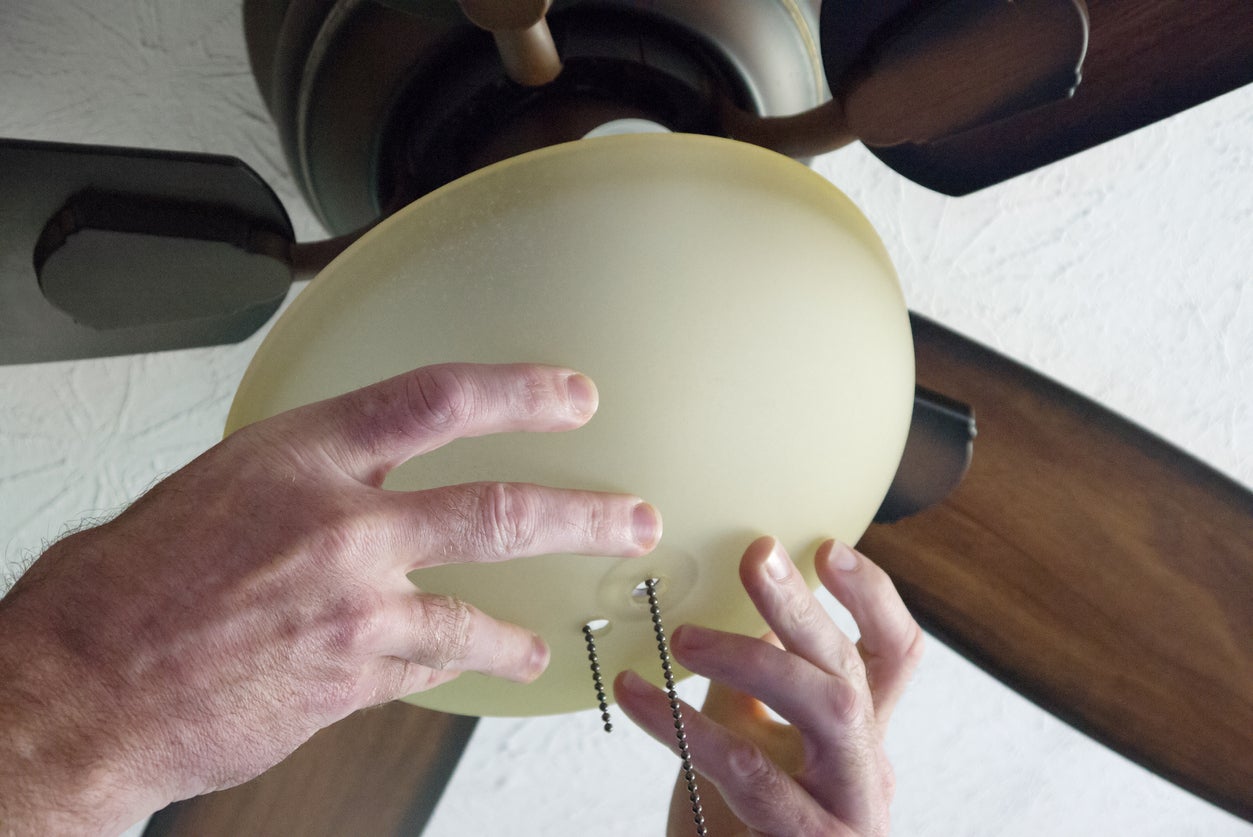
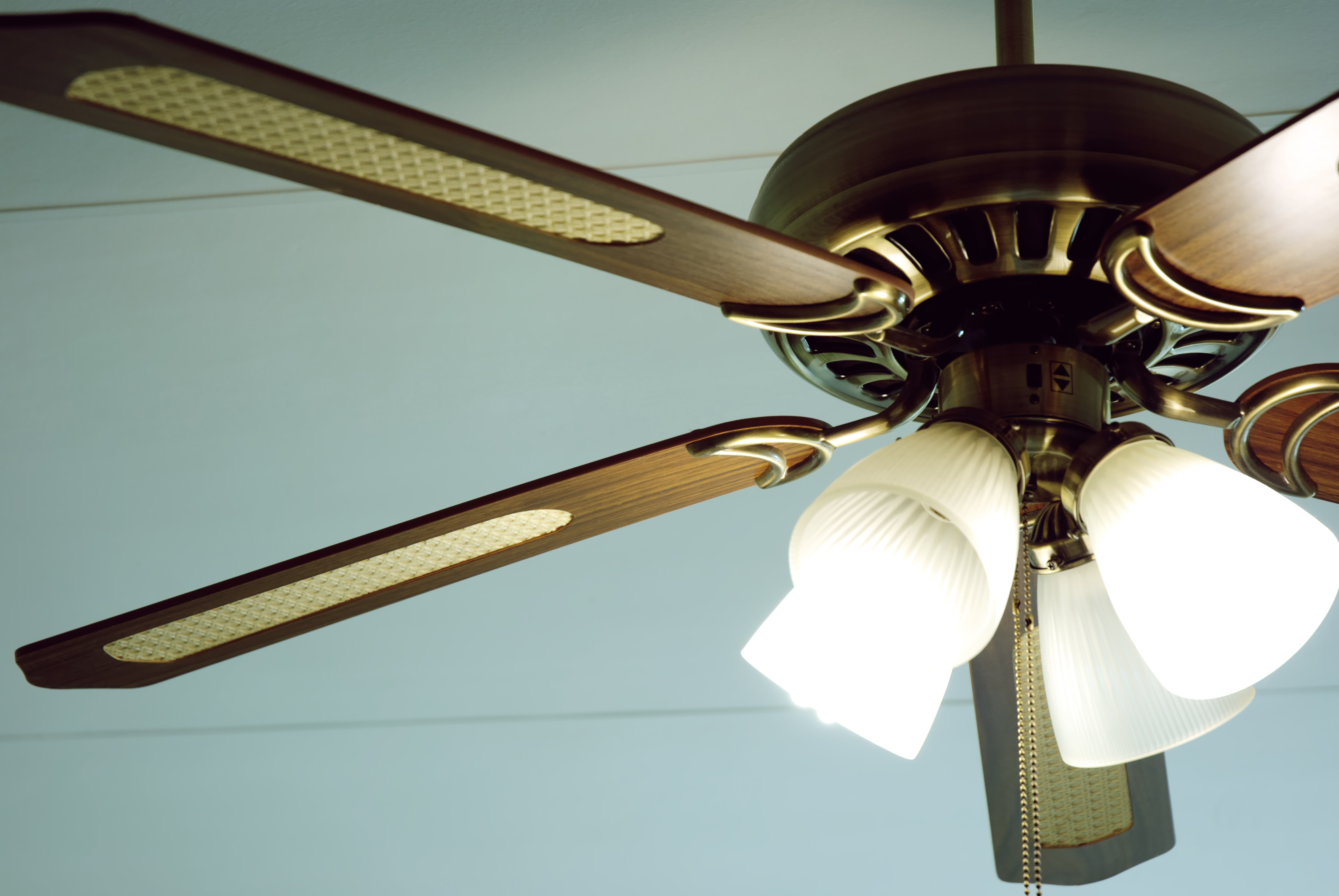

0 thoughts on “Who Installs Ceiling Fans”